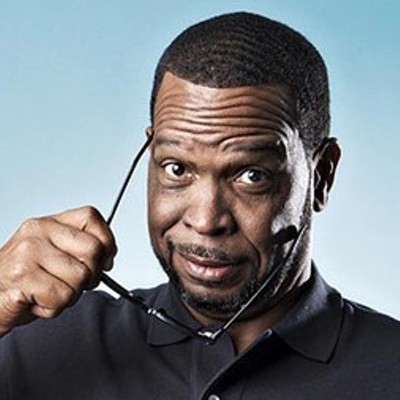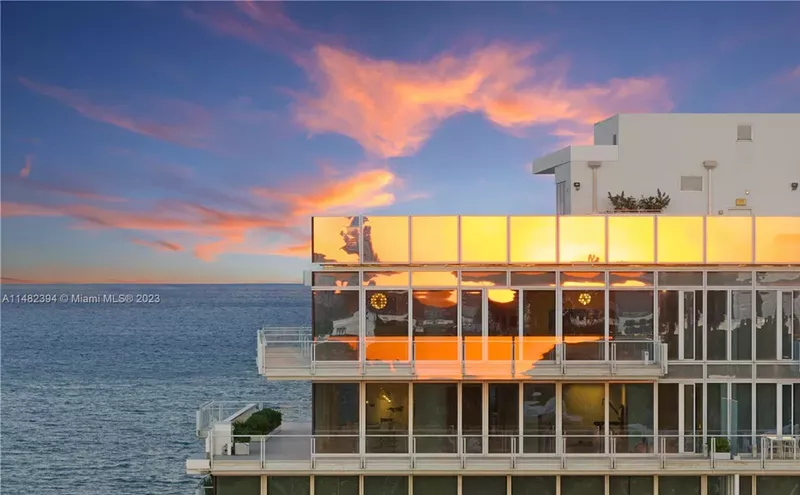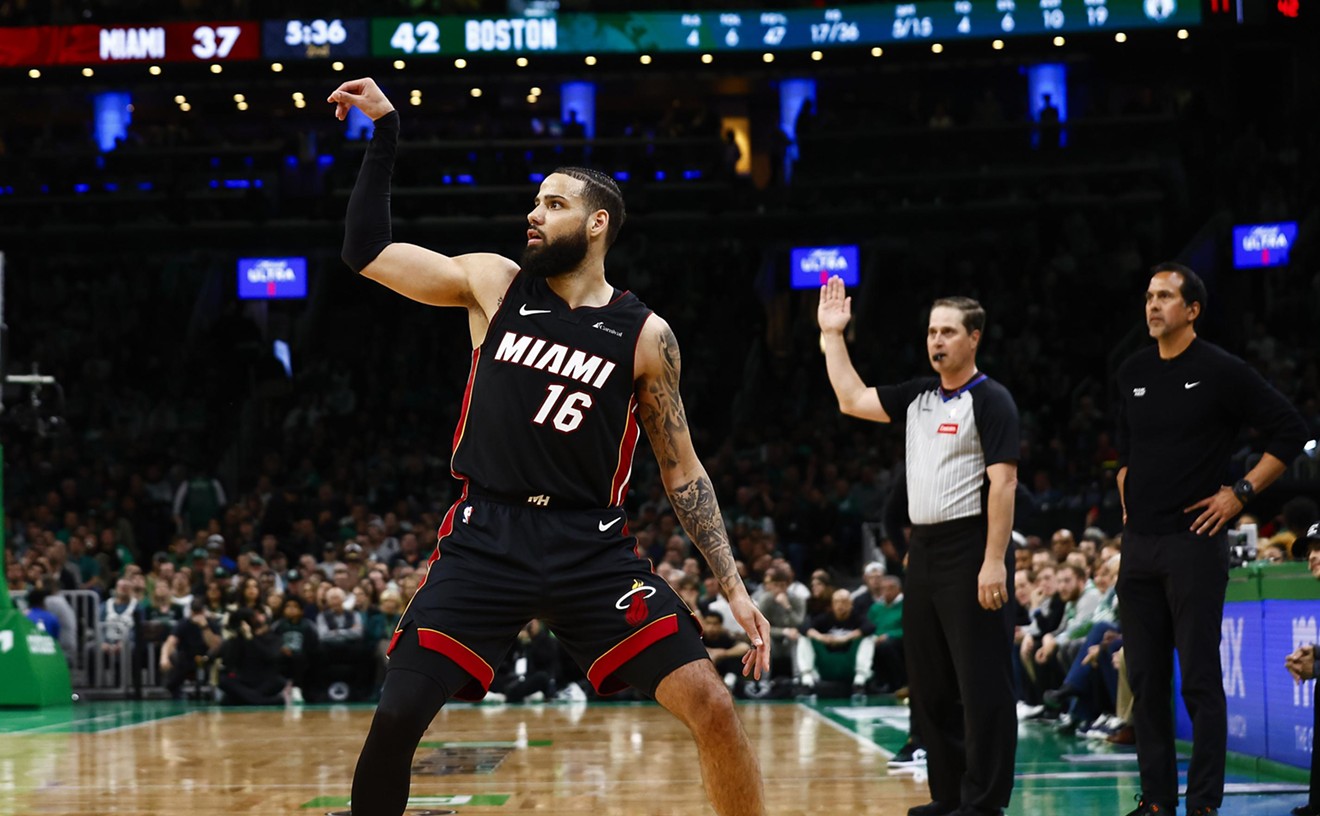Uncle Luke, the man whose booty-shaking madness made the U.S. Supreme Court stand up for free speech, gets as nasty as he wants to be for Miami New Times. This week, Luke makes a pitch for Miami's Charles Hadley Park.
University of Miami running back Duke Johnson. Former NFL wide receiver Chad Johnson. Houston Texans defensive back Brandon Harris and linebacker Darryl Sharpton Jr. Tampa Bay Buccaneers linebacker Lavonte David. Florida State University star Devonta Freeman. What do these college and professional athletes have in common?
As kids, they began playing organized sports at Miami's Charles Hadley Park, a 28-acre public space that has long been a symbol of the African-American struggle in this city.
On August 1, 1947, white police officers forced 35 black families to leave the Railroad Shop Colored Addition. The Miami-Dade County School Board took the land to build Allapattah Elementary, as well as a patch for the City of Miami to build a park for the white neighborhoods surrounding Railroad Shop. It was one of the ugliest moments in Magic City history.
When segregation ended, the neighborhood became predominantly black. The school was renamed Lenora Braynon Smith Elementary, after a former Railroad Shop resident and the first African-American to be named Teacher of the Year in Florida. The park, which was renamed to honor Charles Hadley, a legendary black political power broker, has been the home of the Liberty City Optimist Club for more than a quarter-century, churning out more than 50 current NCAA and NFL stars.
Yet the park still has second-class status in Miami. Eight years ago, I sat with then-City Manager Joe Arriola to fill him in on the sad state of Charles Hadley Park and Gibson Park in Overtown. Both parks were absolutely rundown. The playing fields were all torn up. The more-than-50-year-old irrigation systems had never been replaced. The football field at Charles Hadley is a dust bowl. And there were no classrooms for after-school tutoring.
To his credit, Arriola persuaded the city commission to set aside $24 million to fix up Gibson and $16 million for renovations and upgrades at Charles Hadley. Last year, the Miami Parks and Recreation Department put the finishing touches on Gibson and was finally planning to start work at Charles Hadley. But the city now claims the budget needs another $2 million. Typical.
So the Liberity City Optimst Club is looking for private donors to close the gap. It's sad that we don't get any comunity support, not even from the Miami-Dade Children's Trust. Miami has a lot of bigwig philanthropists who love donating money to the University of Miami or Florida International University sports programs so they can get their names put on buildings.
Those are the people who should be helping out the community that depends on Hadley Park. Miami's professional sports franchises should be stepping up to the plate too. The Miami Heat should build the basketball gym, the Miami Dolphins should fix the football field, and the Miami Marlins should take care of the baseball field. They owe the African-American community because we always support referendums to build or fix up stadiums for our professional teams.
It's a no-brainer. And it's the right thing to do.
Folllow Luke on Twitter: @unclelukereal1 and @UncleLukesEmpir.
Follow Miami New Times on Facebook and Twitter @MiamiNewTimes.











